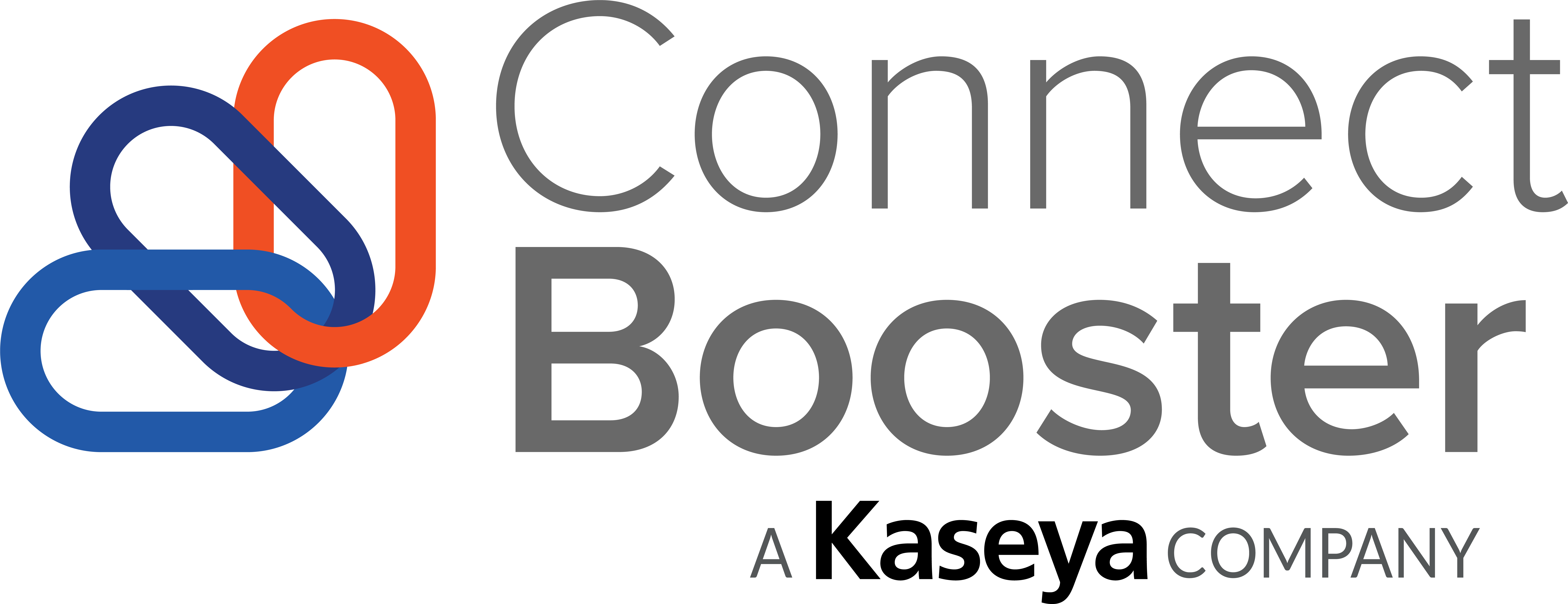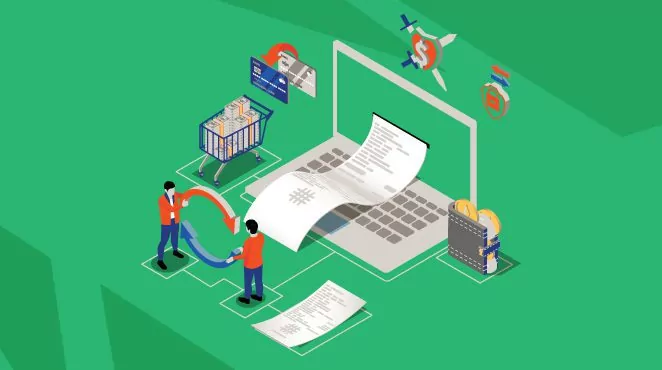How often does your MSP get asked if you provide hardware?
It’s a massive cost for a small business to pay for the necessary tools they need to run their business. Whenever a company is shopping around for an MSP, they are going to ask if you can provide their business with hardware.
Offering your clients leasing or other financing options on new hardware is a fantastic way to make revenue and get an edge over a competitor who doesn’t provide hardware. It’s also a safer investment since many devices last upwards of three to five years without requiring replacements.
The problem is, leasing or financing hardware can get expensive if you’re not careful about it. You’re sparing your clients the burden of funding their hardware all upfront, but that can put your company at risk.
So how do you offer hardware without ruining your financial security? Here are some of the main things to keep in mind before leasing hardware to a client.
Financing hardware vs. leasing hardware
Before we get into best practices about offering hardware to your clients, let’s discuss the differences between financing and leasing.
Financing hardware means you bought the hardware yourself, and are going to calculate out the cost your client will need to pay to cover the cost and roll it into their monthly service payments.
The problem with financing is instead of your customer fronting the massive investment in their IT infrastructure; you have to cover the cost upfront. It’s not likely you’ll have that much spare cash laying around to cover the cost, meaning you’re going to have to take out a credit loan.
Buying the equipment yourself and offering for a client to pay it back puts you in an awkward position if you bought all that hardware for your customer, and then they close down without paying off the cost of the equipment?
So what about leasing the hardware?
Leasing through a large hardware provider is an excellent option for MSPs who need to offer hardware without buying all the equipment yourself. Working with a provider like GreatAmerica Financial, you can afford the hardware and roll the costs into your client’s monthly service agreement.
Working with a large provider to cover the upfront cost of hardware is the safest option when it comes to maintaining a healthy cash flow when leasing hardware to clients.
Now let’s discuss the common problems an MSP will run into when trying to provide hardware to their clients.
#1 Not getting the money up front
It’s a bad habit to count your chickens before they hatch, and that’s especially true when it comes to business deals. So often we’ve seen MSPs set up a client’s hardware and begin offering support before receiving a single payment for the equipment.
You can cripple your cash flow if you give up hardware without requiring payment upfront. Payment expectations need to be set up in your sales and onboarding process. But a lot of MSPs are hesitant to ask for payment for their hardware upfront.
Always make sure your company is not footing the costs for leased equipment. It’s a best practice to require a down payment before installing and configuring any hardware.
If you’re working with a third-party hardware company like GreatAmerica Financial, ask for their recommendations. Take the time to add up the costs and make sure you’re getting enough of a payment to cover your expenses.
Always get the money up front and have contracts protect yourself from the worst case scenarios.
#2 Tracking finances and cost
If there’s a problem as bad as failing to require a down payment, it’s failing to track all those hardware leases.
It’s surprisingly easy to lose control of your finances, especially when it comes time for your customers to pay their leasing bills. Communication with your hardware provider is vital to stay on top of tracking unpaid equipment invoices.
How you handle your billing can be a little complicated, and you might feel left in the dark if your clients are paying on your hardware equipment leases, as your hardware company will not always notify you of received payments.
It can be hard to track invoices from your client if they are paid to your third-party provider. Your A/R can balloon out of control pretty quickly if you don’t stay on top of your incoming money owed from leasing out hardware.
Most MSPs are running thin profit margins on renting out hardware, so it’s crucial to make sure your clients and you are making payments on time. Developing a proactive approach to managing how you handle those payments can make a huge difference in keeping your A/R under control.
If you use ConnectBooster, you can avoid all that pain by using our integration with GreatAmerica Financial. It automatically tracks payments made to GreatAmerica Financial from your customers and makes sure to collect on those invoices automatically. Our software integration helps you stay on top of your A/R, without tracking down clients for payment every month.
Lease hardware without sacrificing your A/R
Those are some of the main items you should watch for when working on leasing out hardware to your customers. Offering hardware provides a much-needed service to your clients, but you shouldn’t have to sacrifice the financial security of your MSP.
Lay out a good strategy for managing the issues we covered, and use the right tools to streamline a lot of the pains of collecting on invoices through a hardware leasing company.
If you want to ensure your business accurately tracks payments from leasing hardware, see ConnectBooster in action.

